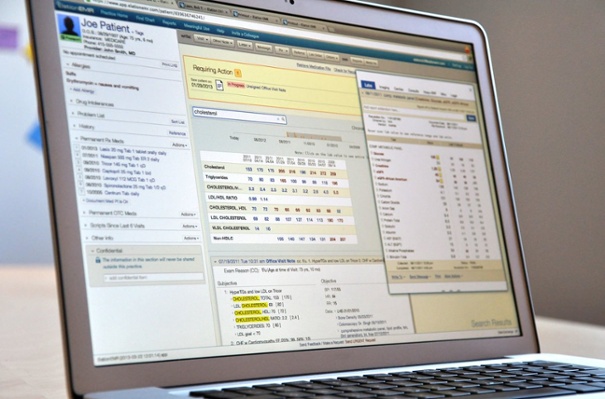What is a Clinical EHR?

A Clinical EHR puts physicians first; it embodies a technology platform that adds value to the interactions between physicians and their patients. It’s a platform that allows for trust, a more productive and effective environment, and improves the quality of care that patients are receiving.
Elation’s founders, Conan and Kyna Fong, understand the importance of these ideas from first-hand experience. They helped build their father’s primary care physician practice and were involved with the practice for over a decade. This gives them behind the scenes insight on what clinicians need from their EHR, at the point of care. This is why they chose, as Elation’s mission, a commitment to “Strengthen the relationship between patients and physicians, and enable phenomenal care for everyone”.
Understanding a Clinical EHR starts with learning about how an EHRs work. An Electronic Health Record (EHR) is made up of standard medical and clinical data for a patient, in addition to, more detailed and complete information pertaining to a patient’s history that can be shared with authorized providers across more than one healthcare organization. The key here is that collaborators can share this information with all of the providers involved in a patient’s care, including laboratories, specialists, medical imaging facilities, pharmacies, emergency facilities, and school and workplace clinics.
Patient information that can be found in an EHR includes:
• Administrative and billing data
• Patient demographics
• Progress notes
• Vital signs
• Medical histories
• Diagnoses
• Medications
• Immunization dates
• Allergies
• Radiology images and…
• Lab and test results
In addition to this functionality, Elation’s Clinical First EHR is designed and developed to be an interactive, intelligent, and more predictive tool. Elation continually works on advancements that re-create what EHRs can be, transforming them into a Clinical EHR. One of the biggest features of Elation’s Clinical First EHR is the patient longitudinal record (PLR), which acts as a progressive patient record that allows physicians to effortlessly collaborate and coordinate care.
Elation’s role in all of this is to develop intuitive tools within EHRs to help providers be more productive and deliver better care to their patients; instead of having their valuable time being consumed by data entry. Elation focuses on providers so that they can put the focus back onto their patients and make the doctor-patient relationship as painless as it can be!

